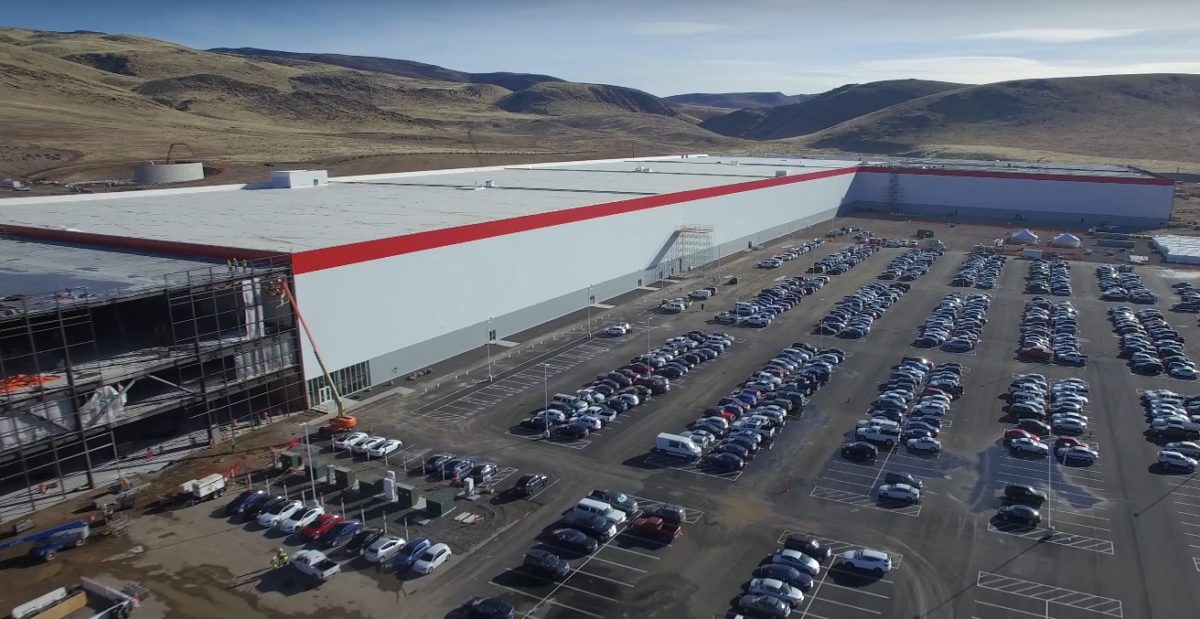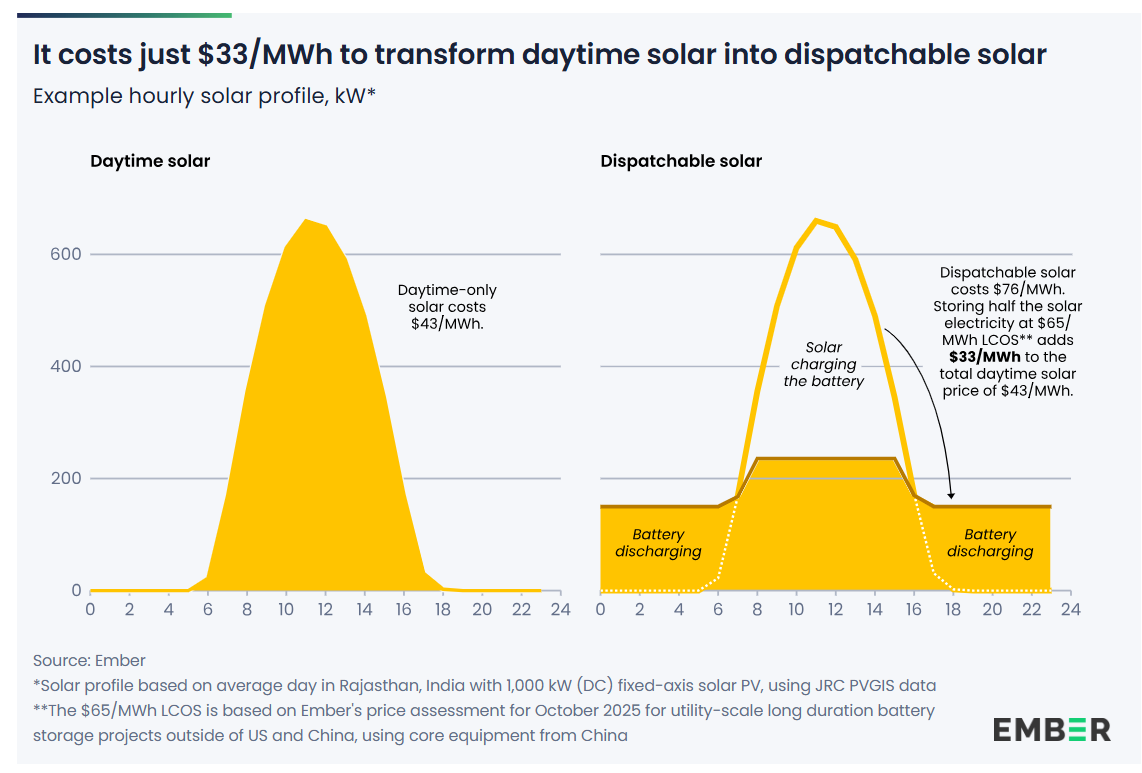Energy storage projects may bring the cost of a lithium-ion battery down from $10,000 per kilowatt-hour (kWh) in the early 1990’s to $100/kWh in 2019, according to a new study written by a research team from University of California and TU Munich in Germany, and published in Nature Energy.
This result, if confirmed, would indicate that prices for lithium-ion storage systems are dropping faster than solar or wind technologies, the scientists claim, and that the new combination of solar, wind and storage will soon be able to outcompete coal and natural gas plants on cost alone, due to this price fall. The achievement of the $100/kWh target, however, may be endangered by a recent lack of investment for basic and applied research, the researchers stated. According to the research, in fact, U.S. federal R&D spending declined over the past four decades from about 1.2% to 0.8% of the U.S. gross domestic product.
The scientists have developed a two-factor learning curve model to analyze the impact of innovation and deployment policies on the cost of storage technologies, which includes production volumes and patent activity. This model, according to the research team, explains the recent plunge of battery prices better than both conventional models using economies of scale or a classic experience curve approach, as these usually overestimates prices.
Using this two-factor model the scientists concluded that long-term R&D spending and innovation were crucial to cost reductions. “Our framework supports prevailing technological learning literature that describes innovation as a more critical component of cost reductions compared to deployment” said the research team in its paper.
Furthermore, the team stressed the need for more research in new storage technologies, claiming there is currently no clear prevailing technology, and that a diverse range of options may outlast lithium-ion batteries. “There may be room for a number of different battery chemistries that all provide different services on an evolving grid, some providing voltage regulation and frequency control, and others serving long duration outages and providing back-up for buildings and communities”, the researchers said.
This content is protected by copyright and may not be reused. If you want to cooperate with us and would like to reuse some of our content, please contact: editors@pv-magazine.com.









By submitting this form you agree to pv magazine using your data for the purposes of publishing your comment.
Your personal data will only be disclosed or otherwise transmitted to third parties for the purposes of spam filtering or if this is necessary for technical maintenance of the website. Any other transfer to third parties will not take place unless this is justified on the basis of applicable data protection regulations or if pv magazine is legally obliged to do so.
You may revoke this consent at any time with effect for the future, in which case your personal data will be deleted immediately. Otherwise, your data will be deleted if pv magazine has processed your request or the purpose of data storage is fulfilled.
Further information on data privacy can be found in our Data Protection Policy.